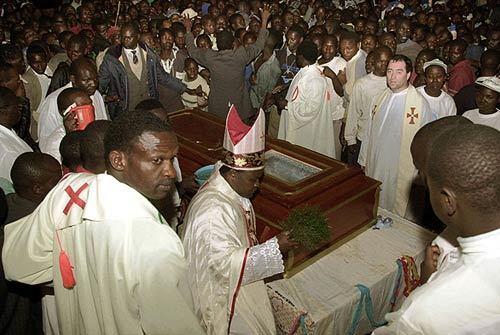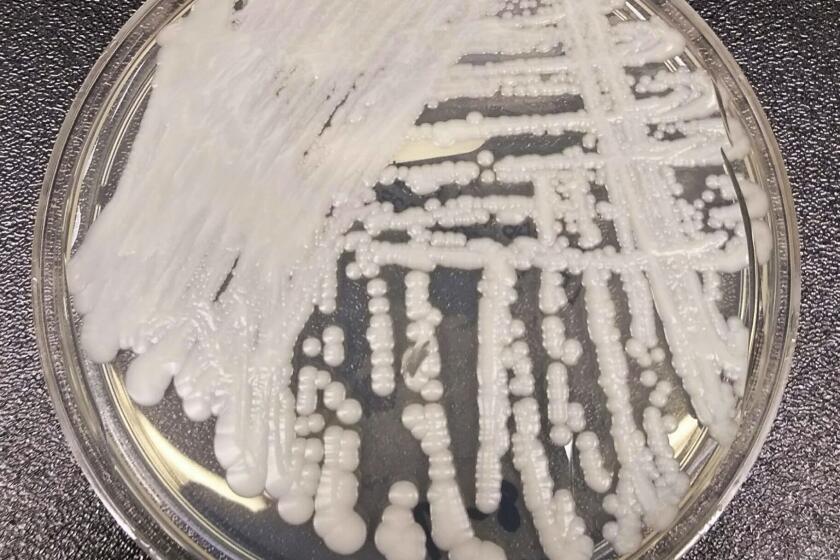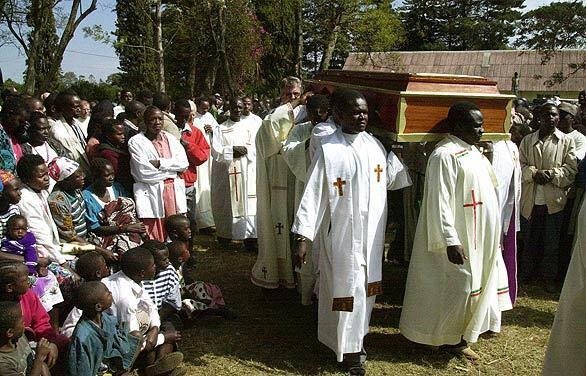
Catholic priests carry the coffin of Father John Kaiser in Kilgoris, southeast of Kisii. A church van carried Kaisers body through the grasslands and into the remote western parishes he had served for decades. Villagers streamed forth waving verdant branches a sign of peace as they ran alongside the casket. (Sayyid Azim / Associated Press)
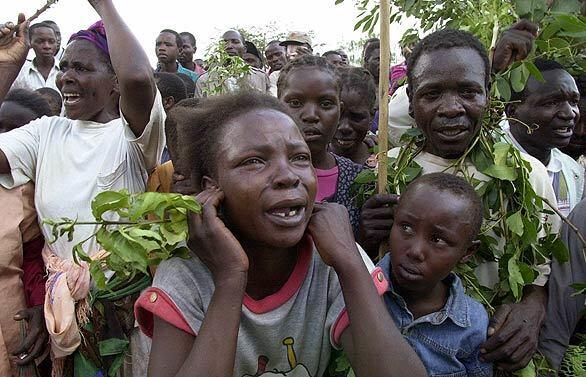
Emotions run high as mourners attend the burial of Father John Kaiser in Lolgorien, Kenya, on Aug. 31, 2000. (Sayyid Azim / Associated Press)
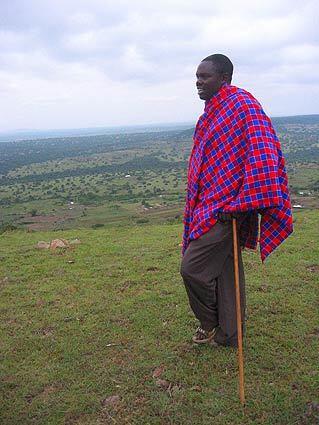
Father Allan Selempo, wrapped in the traditional red shuka of the Masai tribe, on a hill above the parish house in Lolgorien. (Christopher Goffard / Los Angeles Times)
Advertisement
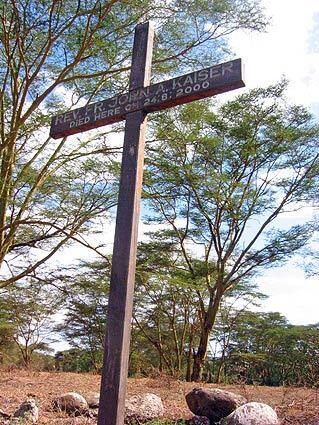
A memorial to John Kaiser stands at the spot where his body was found in 2000 along the Naivasha-Nakuru road. The site became not just a memorial but a place where the opposition mobilized. (Christopher Goffard / Los Angeles Times)
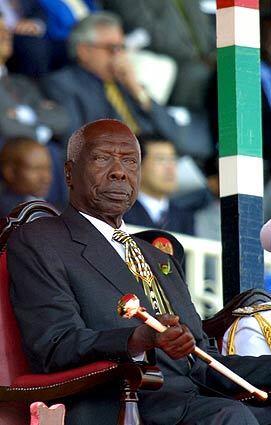
Kenyan President Daniel Arap Moi attends an event in December 2002. Father John Kaiser had called for Moi to be tried at The Hague for inciting ethnic carnage. (Francine Orr / Los Angeles Times)
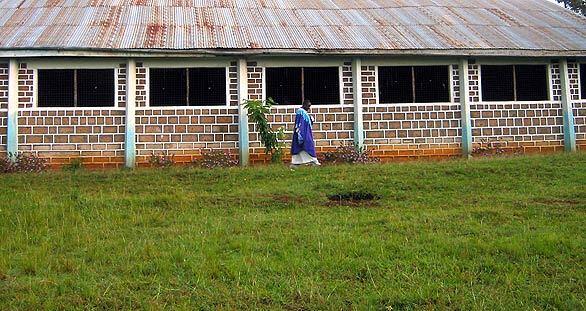
Father Allan Selempo walks past the red-brick church that Father John Kaiser built in Lolgorien. (Christopher Goffard / Los Angeles Times)
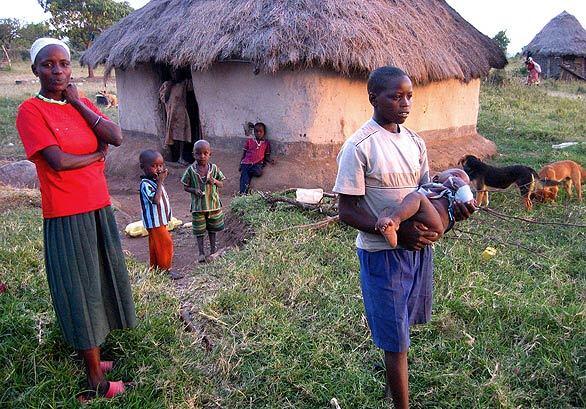
Many of the parishioners in Lolgorien, the last place Father John Kaiser worked, live in huts like this one. Kaiser represented the peoples voice in an era when ordinary people did not have a voice, says Wangari Maathai, the first African woman to be awarded the Nobel Peace Prize and a pioneer of Kenyas pro-democracy movement. (Christopher Goffard / Los Angeles Times)
